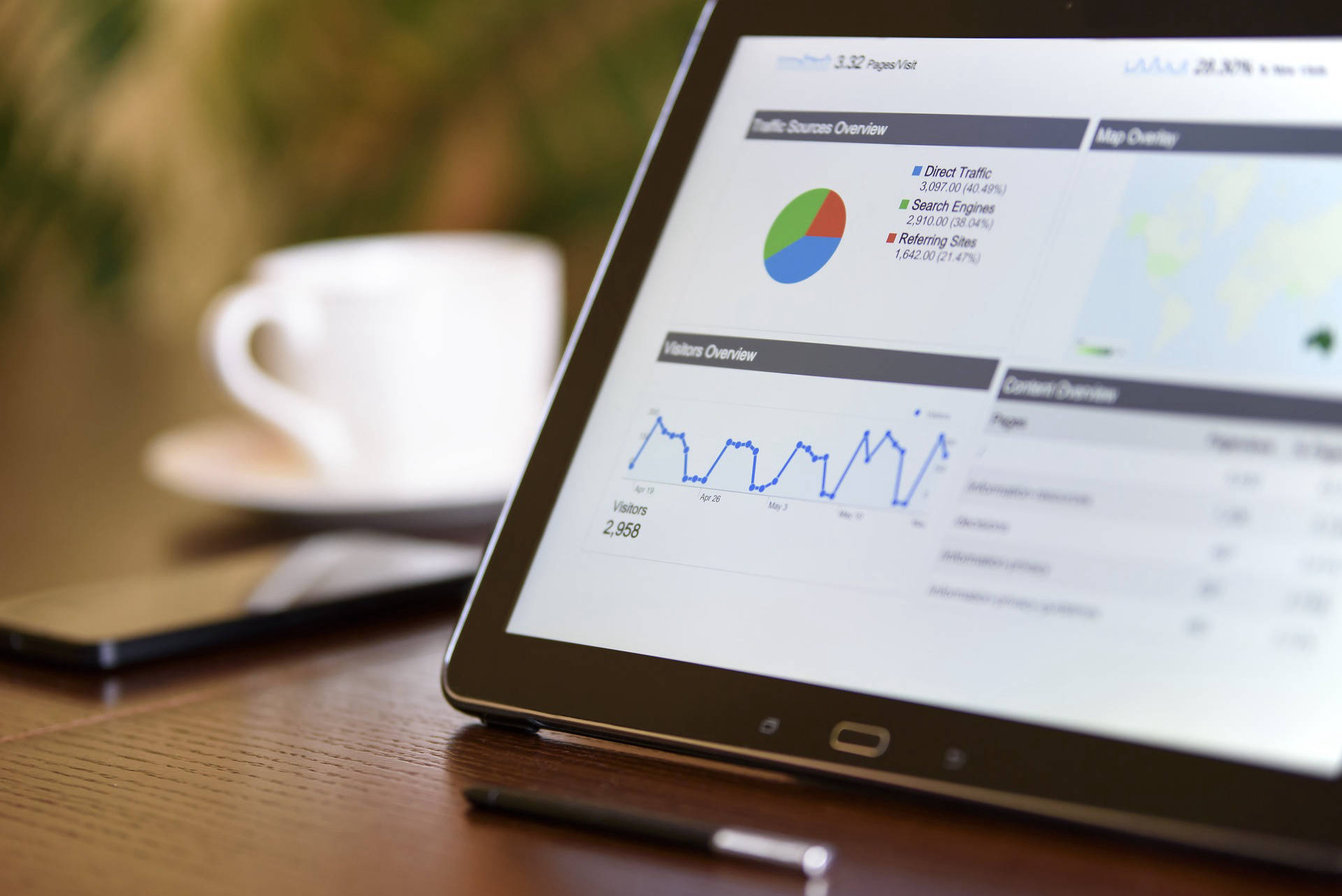Why Is the Back Button Not Working on Facebook?

Facebook, with its more than 2.9 billion active users, is undeniably one of the most prominent social media platforms in the world. It serves as a hub for social networking, communication, entertainment, and business. However, despite its widespread popularity and extensive functionality, many users have encountered a perplexing issue: the back button not working on Facebook. Whether using the Facebook mobile app or the website in a browser, this problem has frustrated countless users, leaving them wondering why something as simple as the back button could malfunction on such a complex platform.
In this blog post, we will explore why the back button might not work properly on Facebook, the underlying causes of this issue, its impact on the user experience, and possible solutions. We will also evaluate how Facebook's design choices and technical infrastructure might contribute to this problem and provide suggestions for troubleshooting and resolving the issue.
Why Is the Back Button Not Working on Facebook?
Understanding the Back Button Issue
The back button is one of the most fundamental features in any web browser or app. It allows users to navigate backward, quickly returning to the previous screen or page without the need for excessive scrolling or searching. In the context of Facebook, users expect the back button to function seamlessly while browsing posts, checking messages, visiting profiles, or navigating between different sections of the app or website.
When the back button fails to work, it can lead to a frustrating experience. Users may find themselves stuck on a page or unable to navigate back to the previous screen, forcing them to either reload the page or exit the app entirely. In more severe cases, it may lead to lost progress, such as a partially written comment or a post that needs to be revisited.
Possible Manifestations of the Back Button Problem:
Back Button in the Browser: The back button might take the user to the wrong page, or not register any action at all. This can occur in both desktop and mobile browsers.
Back Button in the App: On mobile devices, the back button (whether the native Android back button or an in-app back arrow) may either do nothing or cause the app to close unexpectedly.
Inconsistent Navigation: The back button might work intermittently, or it might work in some sections of the platform (such as the News Feed) but fail in others (like the Facebook Marketplace or Groups).
Understanding why the back button doesn't work as expected on Facebook requires a deeper look into Facebook’s architecture, design choices, and user interface elements.
1. Single-Page Application (SPA) Architecture
One of the key reasons the back button may not work correctly on Facebook stems from its use of Single-Page Application (SPA) architecture. An SPA is a web application design where, rather than reloading the entire page every time a new section is accessed, only parts of the page are updated dynamically using JavaScript.
Facebook employs this architecture to create a smoother and faster browsing experience. The goal is to minimize page reloads, which can make the app or website feel faster and more responsive. However, while SPAs improve speed and efficiency, they can introduce complexities when it comes to navigation—especially when users rely on the browser's back button for navigation.
In traditional websites, each click on a new page generates a new URL and a new HTTP request to the server. This allows the browser’s back button to work as expected, by simply tracking the user's browsing history. In contrast, with SPAs like Facebook, the URL often doesn’t change with each new section, or the page updates without a full reload. As a result, the back button may not always register the correct page transitions, leading to the navigation problem that many users experience.
SPA and the Back Button Problem:
Lack of URL Updates: SPAs may not update the URL properly when navigating between pages or sections within the app. As a result, when the user hits the back button, the browser may not recognize any page history to go back to.
State Changes Without Page Loads: SPAs rely on dynamic content loading and JavaScript to display new content. However, this content loading does not trigger the usual events that signal a new page or history state, leading to unpredictable behavior when users try to navigate backward.
2. JavaScript and Dynamic Content Loading
Another factor that can affect the functionality of the back button on Facebook is the extensive use of JavaScript to load dynamic content. Unlike traditional web pages where content is static, Facebook relies heavily on JavaScript and AJAX (Asynchronous JavaScript and XML) to load content dynamically. This allows for real-time updates such as new posts appearing in the News Feed or new messages appearing in the chat window without requiring the page to reload.
While this dynamic loading makes the platform highly interactive, it also adds complexity to the way the browser handles navigation. For example, if Facebook is loading a new post or comment via JavaScript rather than reloading the entire page, the back button might not behave as expected because the browser does not register that the page has "changed."
Dynamic Loading and Navigation Issues:
Page Transitions: JavaScript can sometimes fail to trigger the necessary state changes that the back button relies on. For example, if a user navigates from a post to a profile page, JavaScript might load the profile dynamically without fully reloading the page, making it difficult for the browser to track the user’s progress.
Caching Issues: Since Facebook often relies on caching mechanisms to make dynamic content load faster, the back button may bring the user back to an earlier cached version of the page rather than the expected current version, resulting in discrepancies.
3. App-Specific Navigation Challenges
On mobile devices, the Facebook app offers a native experience that differs significantly from the web version. Although many elements are similar, mobile users often encounter specific issues with the back button, especially on Android devices, where the "Back" button is a system-level feature.
Issues in the Facebook Mobile App:
App-Specific Back Navigation: In the Facebook app, the back button may not always behave the same way as the system-level back button. Facebook often overrides the default behavior of the device’s back button, using in-app navigation elements like arrows or gestures. In some cases, this customization can interfere with the functionality of the back button, causing it to either close the app unexpectedly or navigate to an unintended screen.
Fragmented Navigation: The Facebook app also uses multiple layers of navigation, such as the Home Feed, Groups, Marketplace, and Messages. The app’s design can make it challenging for users to return to the correct screen, especially if they accidentally navigate to different sections or use the back button to exit the app entirely.
Common Mobile Back Button Issues:
Unresponsive Back Button: On Android, pressing the back button within the Facebook app may lead to no action, or it may bring users back to the home screen of their phone instead of the expected Facebook page.
App Crashes: In some cases, pressing the back button causes the app to crash or freeze, forcing users to restart the app.
4. Bugs and Technical Glitches
Another common cause for the back button not working on Facebook is simple technical glitches or bugs in the app or website. Like any complex software system, Facebook is subject to occasional bugs, particularly after updates or changes to the platform.
Bugs may result from:
Software Updates: Facebook frequently updates its app and web platform, introducing new features or fixing bugs. Sometimes, new versions of the app or platform can inadvertently break existing functionality, such as the back button.
Browser Compatibility: Facebook's web platform is compatible with most major browsers, but issues can arise due to browser-specific bugs or conflicts with certain extensions or settings.
Cache or Cookie Corruption: Corrupted browser caches or cookies can lead to unexpected behaviors on Facebook, including navigation problems. Clearing the cache or logging out and back in can sometimes resolve these issues.
5. How Facebook Can Improve the Back Button Experience
While much of the back button issue on Facebook is a result of modern web architecture (such as SPAs and JavaScript), there are steps the company could take to improve the user experience:
Better URL Management: Ensuring that Facebook properly updates the URL for each new page or section could improve the back button functionality. This would allow browsers to track the user’s history more accurately.
Consistent Navigation Patterns: Facebook could standardize its navigation across all devices and interfaces, ensuring that the back button works in the same way whether users are on mobile, desktop, or tablet.
Improved Bug Testing: Facebook could focus more on testing back button functionality across different devices and browsers, ensuring that users do not experience bugs after updates or new feature rollouts.
6. Troubleshooting the Back Button Problem
For users experiencing issues with the back button on Facebook, there are several troubleshooting steps that can be taken:
Clear Browser Cache: In many cases, clearing your browser’s cache or the Facebook app’s cache can resolve navigation issues.
Update the App or Browser: Make sure that you’re using the latest version of the Facebook app or your browser, as updates often fix bugs.
Check for Extensions or Plugins: If you’re using Facebook in a web browser, disable any extensions or plugins that might interfere with the platform’s operation.
Reinstall the App: On mobile devices, reinstalling the Facebook app can help resolve bugs related to app-specific navigation.
Conclusion
The back button not working on Facebook can be attributed to a combination of technical factors, including Facebook’s use of a Single-Page Application architecture, dynamic content loading via JavaScript, app-specific navigation features, and occasional software bugs. While these design choices have their benefits, they also introduce complications for users who rely on the simplicity of the back button for navigation.
While Facebook could make improvements to its navigation and URL management, users can often resolve back button issues through basic troubleshooting techniques, such as clearing caches, updating apps, and checking for bugs or conflicts. The issue highlights the challenges of balancing complex web design with user-friendly navigation, especially on a platform as large and dynamic as Facebook. As Facebook continues to evolve, it will be important for the company to ensure that core functionality like the back button remains intuitive and reliable across all devices and platforms.


Start Growing your Instagram followers
Faster with PopularUp
Over 500+ 5 Star Reviews. Grow Your Account Today With Our Organic Methods


